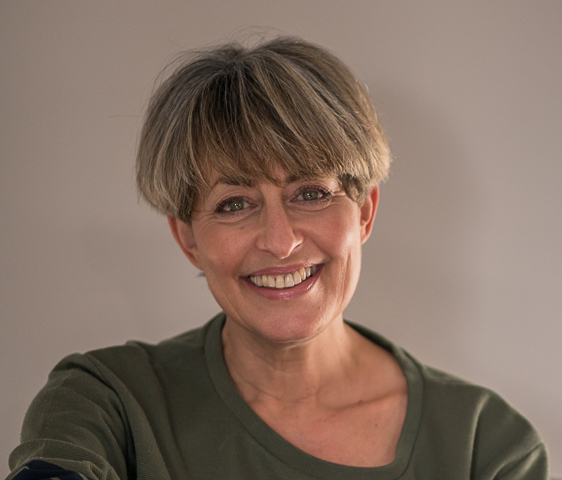Studeley Castle - the hidden gem of the Cotswolds
It’s hard not to argue with their own description of Studeley Castle as a hidden gem. Other than locals of the Cotswolds, I wonder just how many people know about this fascinating Tudor castle, its glorious grounds or the remarkable part it’s played in England’s history and the unique claim it has as a result of that role. I certainly didn’t.
The beautiful grounds and setting of Studeley Castle in the Cotswolds
I stumbled across Studeley when I spotted a sign for a food festival happening in a next-door field. Tickets for that were sold out, so I decided to buy a not-inexpensive (see end for details) entry ticket to the castle and its grounds, and I’m SO glad I did. It was worth every penny. My only regret is that I got there relatively late in the afternoon so I only had a couple of hours to explore.
It would be easy to spend the best part of a day wandering through the different parts of the fabulous 15 acre gardens (more of which to come), taking in the glorious views of the sweeping Cotswold hills that surround the site, looking round the beautiful little church in the grounds, and, of course, seeing inside the castle itself and enjoying the informative and intriguing exhibitions about its history.
And what a history it is.
Built in 1443 for the Lord High Treasurer of England on the site of a fortified manor, then later seized by the crown, it became the property of King Edward IV and King Richard III, who built a magnificent banqueting hall, only the partial ruins of which now remain, as part of his development of the castle.
All that remains of the magnificent banqueting hall built by King Richard III
It was during Edward’s reign that a significant but rarely referenced event happened at Studeley. Records are sketchy to say the least, but it’s believed that Edward secretly married the chatelaine of Studeley, Lady Eleanor Talbot, after the death of her husband. (There were no obligations for churches or ministers to keep a record of weddings at that time).
Which meant that the subsequent union between Edward and Elizabeth Woodville, who became his queen, was, in fact, bigamous. So when their 12 year old son, Edward, inherited the throne, his uncle, Richard, moved to have him and his 9 year old brother declared illegitimate and barred from the throne. He arranged for the two young princes taken to the Tower of London ‘for their protection’ and they were never seen again. The story of the princes in the tower is one of the enduring mysteries of English history.
And it had its beginnings at Studeley!
After Richard’s death the castle passed to King Henry VII and then to King Henry VIII. And it was during this period that Studeley acquired its unique claim to historical fame.
After Henry VIII died, Studeley became the property of the new boy-king Edward, who gifted it to his uncle, Thomas Seymour. Seymour went on to marry the king’s sixth and final wife and widow, Katherine Parr (keep up now), who he brought to live at Studeley when she was pregnant with their child.
Katherine sadly died during childbirth and was buried at the castle, making it the only privately owned castle to have a queen buried within its grounds.
The tomb of Katherine Parr, Henry VIII’s last wife and the only queen to be buried in a private castle
Studeley’s royal connections continued - Queen Elizabeth I stayed there on three occasions, each prompting lavish developments of the site and the gardens - until it was used as an operations base by King Charles during the English Civil War, after which it was slighted (to ensure it could never be used as a military base again) and for two centuries it was largely left in ruins.
Rescued in 1837 by brothers John and William Dent, wealthy glove manufacturers, they embarked on an ambitious restoration programme which was continued by their nephew (they both died childless) and his wife Emma, who was responsible for much of the way the castle and grounds look today.
Today Studeley is the home of Elizabeth, Lady Ashcombe, whose children, Henry and Mollie Dent-Brokenhurst, play an active role in the management and running of the estate.
Horticulture as well as history
If horticulture is more your bent than history (and even if it is, it’s hard not to be fascinated by Studeley’s story) then the 15 acres of grounds that surround the castle won’t disappoint. There are no less than 10 different award winning gardens to explore, with the magnificent Queens’ Gardens as their dazzling centrepiece. Replanted and redesigned many times over the years, today it boasts more than 80 varieties of roses.
Some of the 80 varieties of roses in the dazzling Queen’s Garden
The Knot Garden features 1200 box hedges formed into an intricate design based on a pattern of a dress worn by Elizabeth I,
The intricate planting of the box hedges in the Knot Garden are based on the pattern of a dress worn by Queen Elizabeth I
whilst the delicate White Garden which surrounds the beautiful little St Mary’s church, where Katherine Parr is entombed, is dedicated to the Virgin Mary and all the flowers are, unsurprisingly bearing in mind its name, white.
The delicate white blooms of the White Garden surrounding St Mary’s church
There’s a restorative physic garden, a peaceful herb garden, created by Sir Roddy Llewellyn in 2011, and a romantic secret garden originally planted by Lady Ashcombe following her marriage to Lord Ashcombe, then redesigned (again by Roddy Llewellyn) when their son, Henry married in 1998.
The replanted version of the romantic Secret Garden
Studeley is also home to one of the largest collections of rare and endangered species of pheasants from around the world. First established in the 1980s the phesantry is home to seventeen species of birds, many sporting magnificent plumage, and the team who run it manage a programme of breeding and conservation for the rarest species.
One of the rare pheasant occupants showing off his colourful plumage
For younger visitors, a highlight of Studeley is the adventure playground featuring a huge fort full of hidey holes, levels to climb and towers to defend. The nearby adventure trail, complete with 10-piece obstacle course and zip wire are another popular attraction.
You won’t go hungry
There’s no chance of going hungry during your visit to the castle. Light bites and snacks are available at the Castle Kitchen Pantry in the Visitor Centre at the entrance (where there’s also an excellent shop) and a range of hot and cold lunch options in the Terrace Cafe, next to the Banqueting Hall. There are also well-maintained toilets in both locations.
Without wanting it to lose it’s cachet, or marketing strap line, as a hidden gem, Studelely deserves to be discovered by as many people as possible, so do pay it a visit if ever you’re in this beautiful corner of the Cotswolds.
Find out all you need to know to plan your visit there, including opening times, ticket prices (tickets can only be booked on-line) and special events on the Studeley Castle website
Other posts you’ll enjoy
What makes Corfe Castle the perfect family day out
48 hours in Broadway (the one in the Cotswolds)
Eight great reasons to visit Rye












